October Noir - the Haunting and the Powerful Reviews
Though its conception is yet argued and debated, there was no denying the foreign phenomenon happening in American cinema around the turn of the early 1940s. The term, originally coined by French critic Nino Frank, was the outsider who observed what had been unraveling on the large screen. To define noir by its atmosphere and the list of clichés would be a disservice to the masterpieces that fit into its description, simply, it's a good place to outset. The films ofttimes have a cast of misfits, desperate people, low-level criminals, hard-boiled detectives, the hard-drinking man caught in over his head, and the femme fatale. The noir film had its ingredients only what was present was the use of hard shadows and a sense of melancholy to drag the pulpy material. Noir was not without its doubts of the American empire and all of its trappings. Noir, for the about part, was inhabited by the sunken faces of Humphrey Bogart, Joseph Cotten, and countless others to friction match the moody material. Also heralded by a new form of filmmakers, often international, like Billy Wilder and Fritz Lang who bought a sense of German expressionism when they came to America. But, what stands with noir, is its modern storytelling, hard-boiled dialogue, and sense of mystery that makes the film genre withal relevant and watchable today.
10 Sweetness Olfactory property of Success
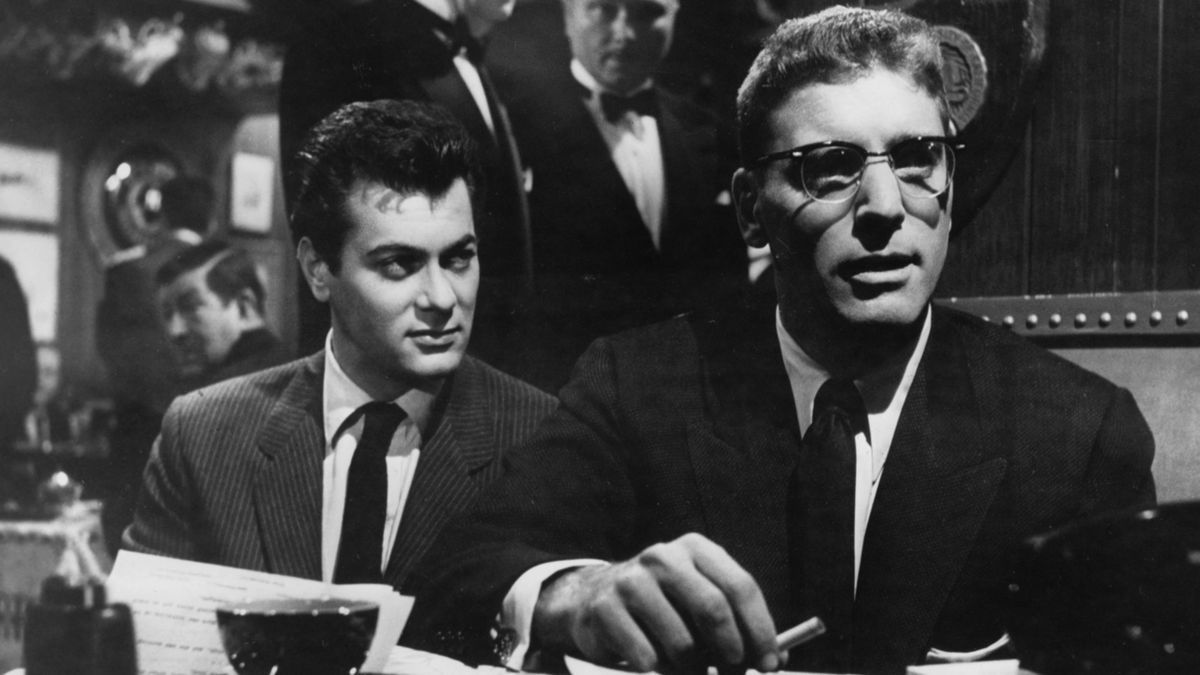
Taking the realm of noir and moving it to the earth of journalism to show how the game can be played by dirty, seedy men without morals was a fascinating ride. With a towering Burt Lancaster performance as the man behind the curtain, calling the shots, and a drastic Tony Curtis battling it out to move up in the world, The Sweetness Smell of Success is a jazzy masterclass. The motion picture has a quick-witted, sharp script, loaded with quotable dialogue directed with a wry, cynic edge from Alexander McKendrick that elevates the fabric to an indelible slice of pulp. Sweet Smell of Success is simply one of the all-time.
9 Double Indemnity
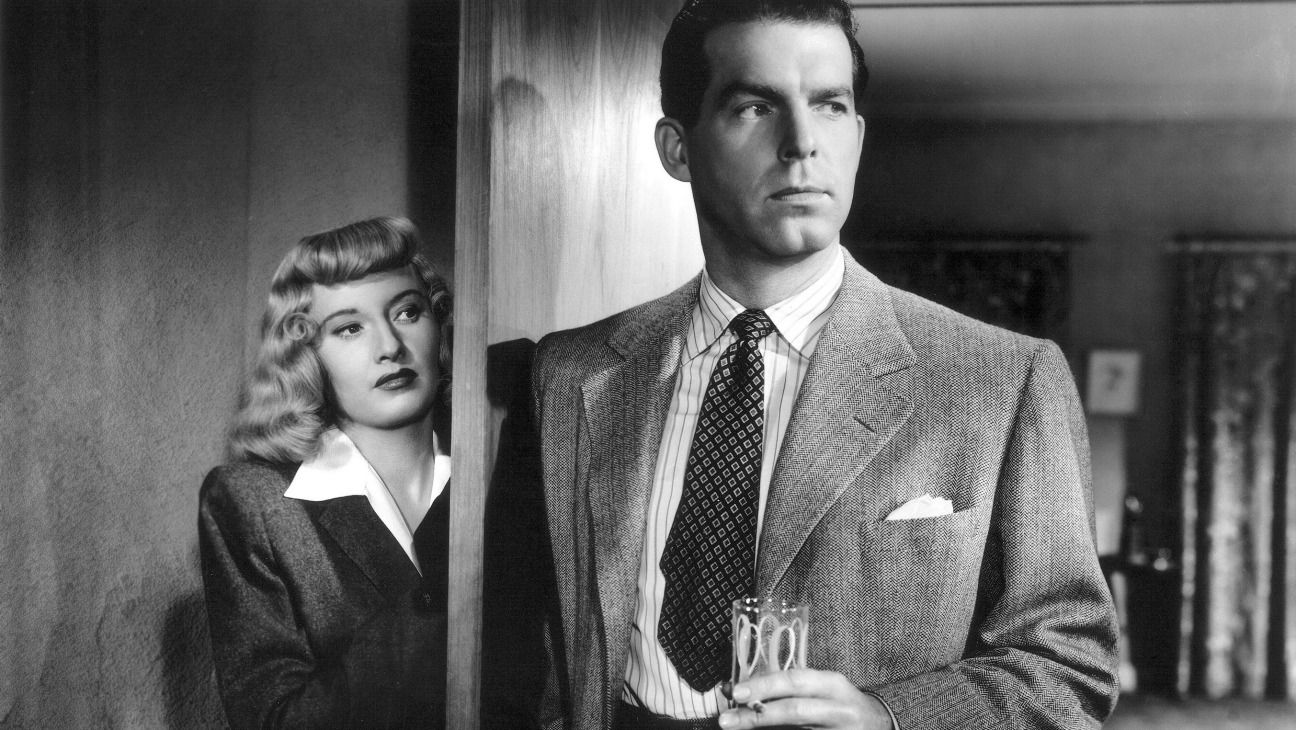
One of Baton Wilder's strongest assets as a director is his ability to find bursts of comic joy and playfulness amidst films ripe with cynicism. Double Indemnity isn't just a mysterious noir with a multilayered plot scheme that at times confuses its audience, just information technology's also an anti-capitalist dig and the dangers of getting lost in your piece of work. With a stacked cast and a sultry Barbara Stanwyck performance conveying the story's nasty ride into desperation, Billy Wilder crafted another flick that is an accented staple of noir.
8 The Night of The Hunter
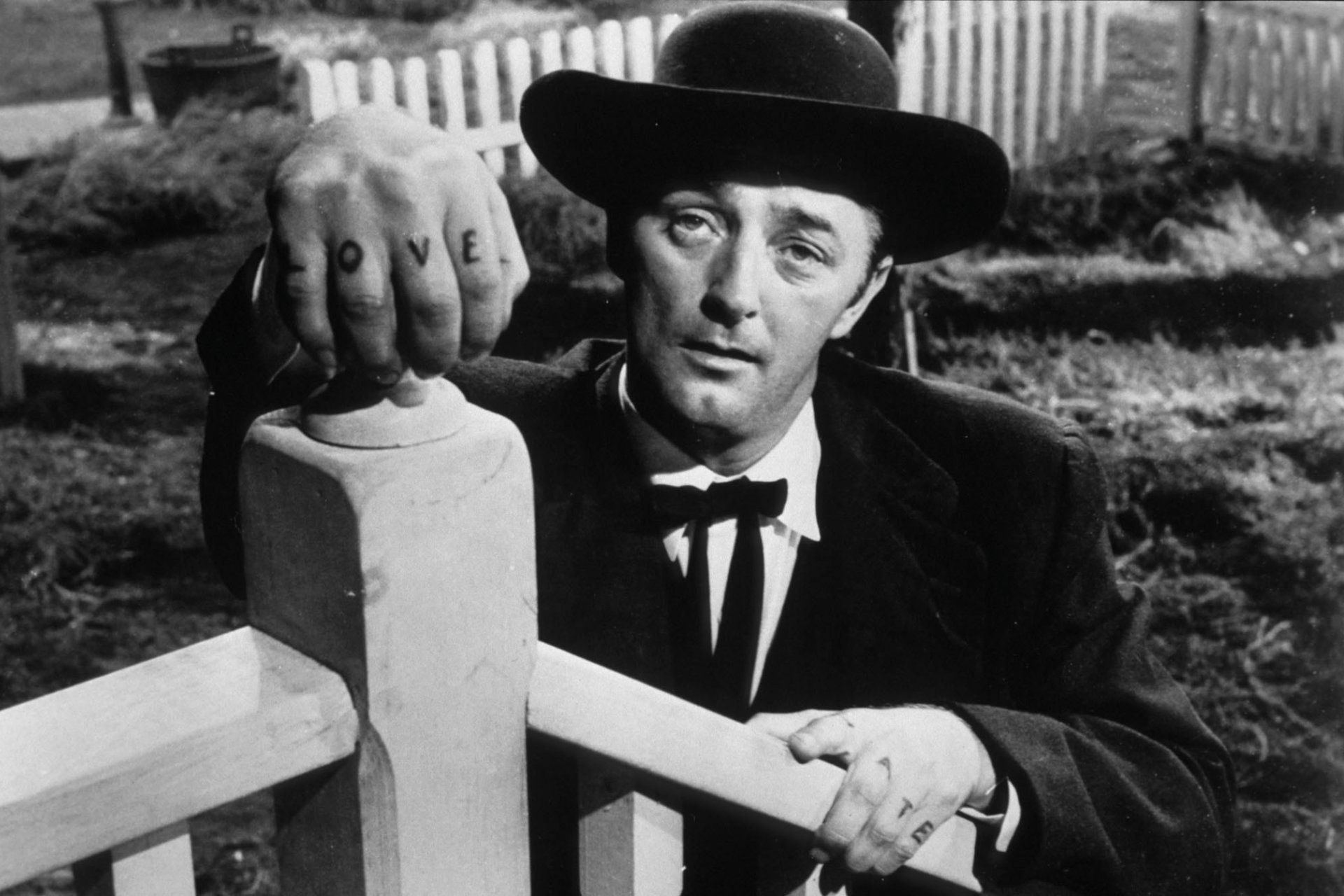
The multi-faceted, layered, and haunting noir from Charles Laughton was much maligned by critics upon its release only, in recent years it has come back to retain its status as a seminal work from the longtime actor whose merely chance to directly was The Dark of The Hunter. Dark for its subject matter at the time, Robert Mitchum plays the killer preacher man to devilish please. With "Love and Hate" tattooed on his fists, the religious apologue becomes physical, manifesting in the duality of a priest who relishes in hell. Mitchum tails ii kids that he dreams of murdering, Laughton's motion-picture show is a night horror in a genre not known for pulling any punches.
7 The Maltese Falcon
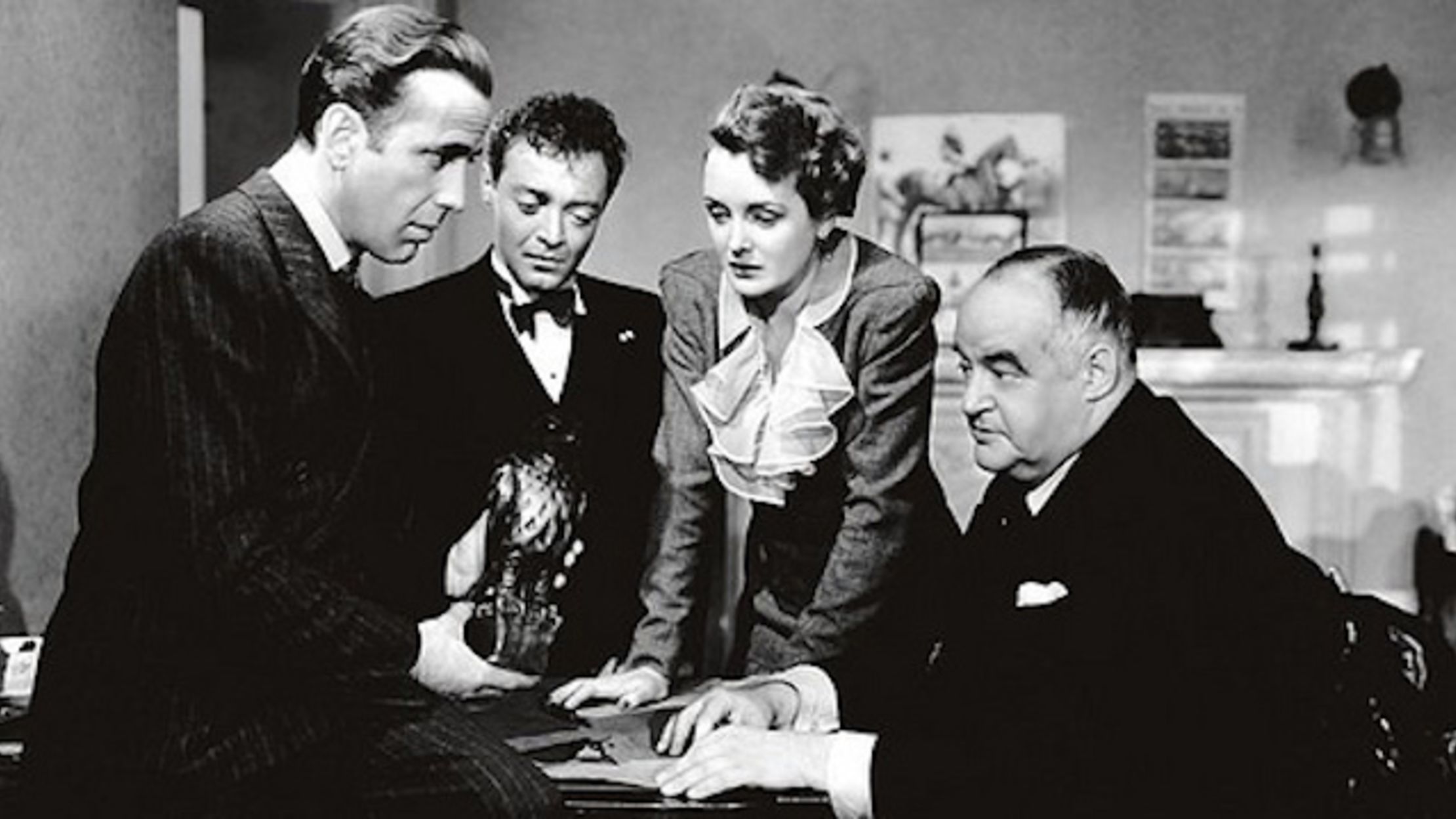
The reliable absurd of Humphrey Bogart is itself, a staple of noir. In John Huston'due south powerful debut equally a filmmaker, he directed one of the greatest noir mysteries of all fourth dimension, The Maltese Falcon . Packed with eloquently hard-boiled dialogue where no line is spared, slowly moving the tightly wound and mysterious plot with double-crosses and murders abound. Huston never loses the dark punch while framing Bogart perfectly in its center. Playing a human being whose seen it all, never wavering amongst the schemes only too plays it with a hot temper when he has to get what he wants. The final reveal at the end still stands to be ane of the greats.
vi The Killing
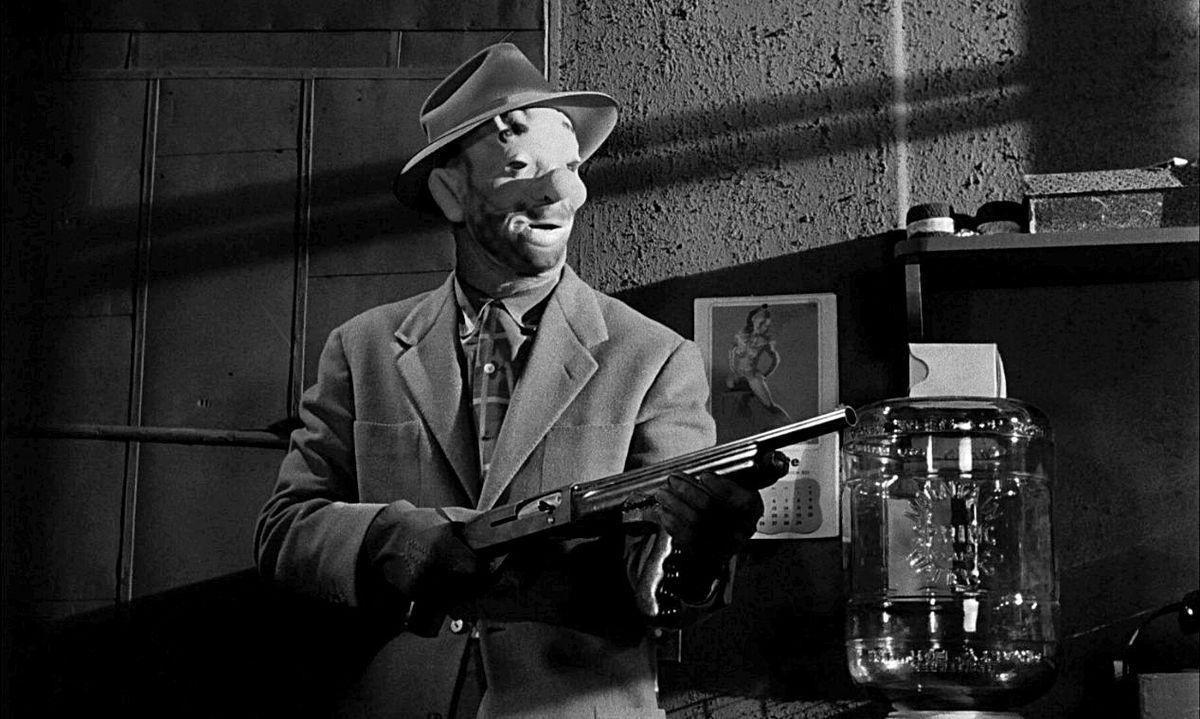
The lone noir in Stanley Kubrick'due south historic filmography is a slaughterhouse of nihilism where every player is liable to kill or be killed. With a steely Sterling Hayden in the eye every bit he rallies a troop of drastic criminals to perform a daring heist at the horse rails, Kubrick opts in an arroyo just he would. Focusing on the build-up by tracing the lives of each heist fellow member before the big job, The Killing is a heartbreaking noir with its pulse on betrayal and brutality.
5 The Asphalt Jungle
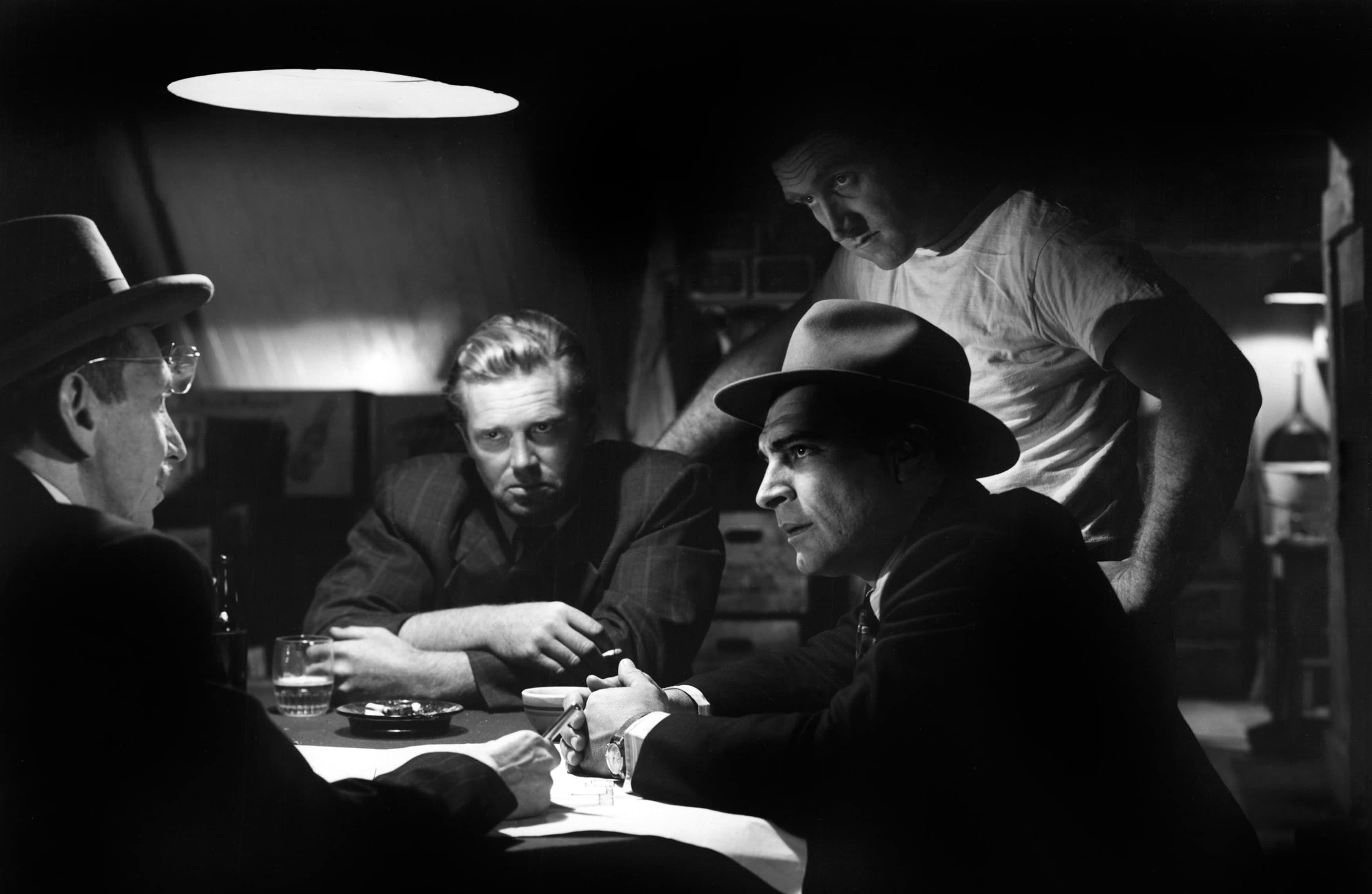
Straddling the thin line between pulp and melodrama, which the all-time noir films can practise, The Asphalt Jungle is a cold, economical crime caper set in the streets of the Midwest. With a seedy and crooked criminal accused funding a chore, even though the lawyer is in massive debt, the heist is just as thrilling as what's to come considering of his common cold and desperate nature. Featuring a spree of murders and an electric Sterling Hayden operation at its center. The flick sets itself apart because of John Huston's management of dingy characters and how no character is safe. The film also has an incredible Marilyn Monroe performance though she only appears in a few scenes Monroe'due south name was used to sell the film when originally released.
4 Sunset Boulevard
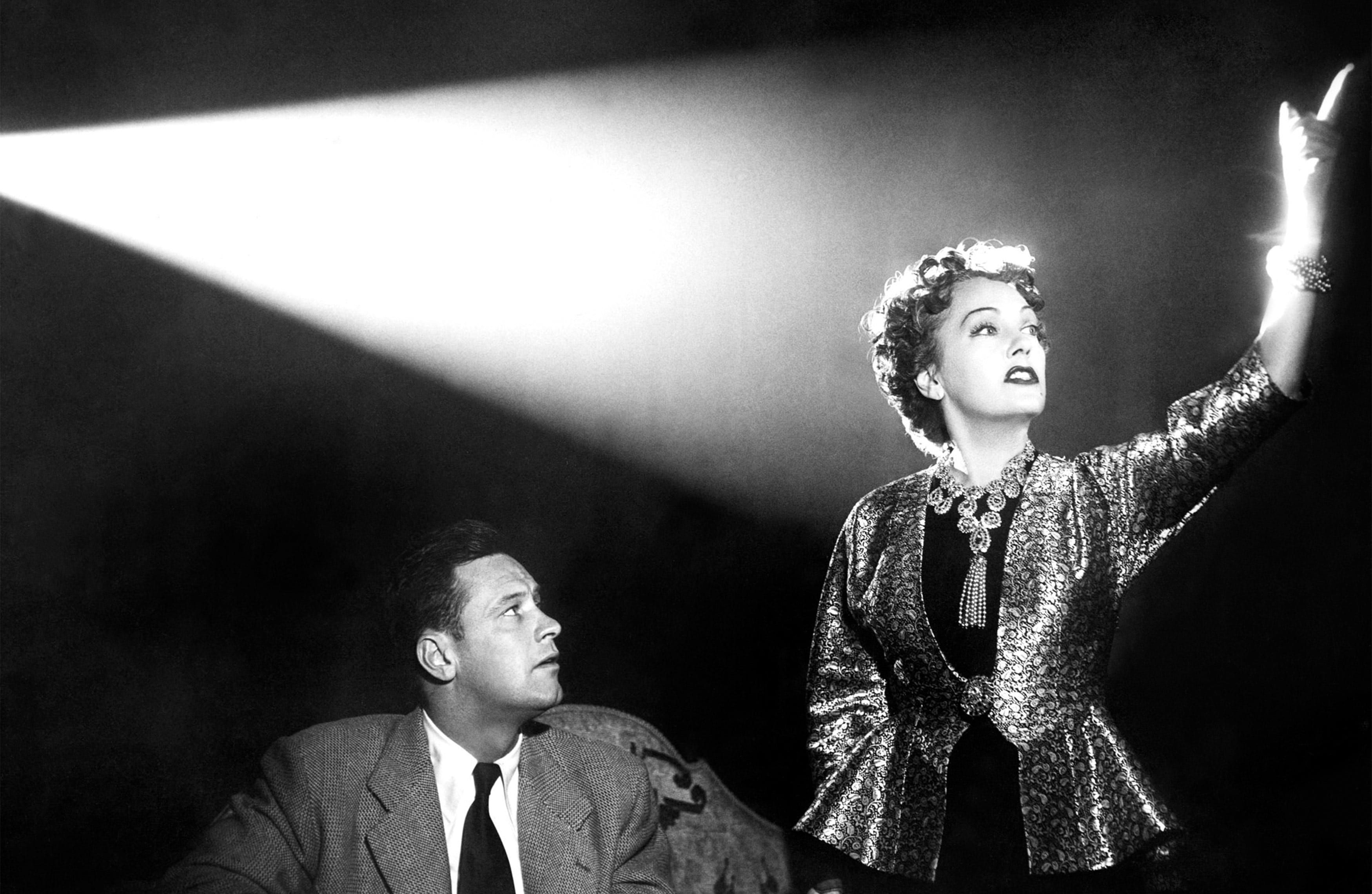
From i of the greats, Billy Wilder, Dusk Boulevard is as good as noir gets. Clouding a psychological horror story about fading fame, Hollywood, and deceit in the atmosphere of noir was a genius thought. With the reverie of existence swept in this fantastical globe of the gloriously over the acme Gloria Swanson equally the once-famous silent movie star fighting for relevance every bit one of the slap-up femme fatale performances of all time. The motion picture is not only mysterious but its final, illuminating scene, ties the surreal earth Wilder created altogether to create one of the about indelible and intriguing noir's e'er made. "I am big: it's the pictures that got minor." is Swanson's last, iconic cry.
3 In A Solitary Identify
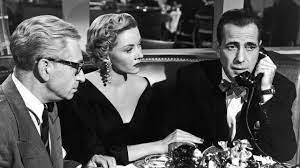
The sunken face of legend Humphrey Bogart was the perfect muse for auteur Nicolas Ray in his archetype drunken tale of loneliness, romance, murder, and Hollywood as the soul-killing auto. In A Lonely Place Ray proved that you can mix melodrama and romance, in noir with devastating effect without sacrificing the mystery of the murder. But, in Ray'southward film, the revelations that occur increase the suspense and bring no relief. Every bit Bogart instead goes down a road of self-destruction that ends with characters in a state that does the title of the motion picture justice without sacrificing narrative excess.
2 The Big Heat
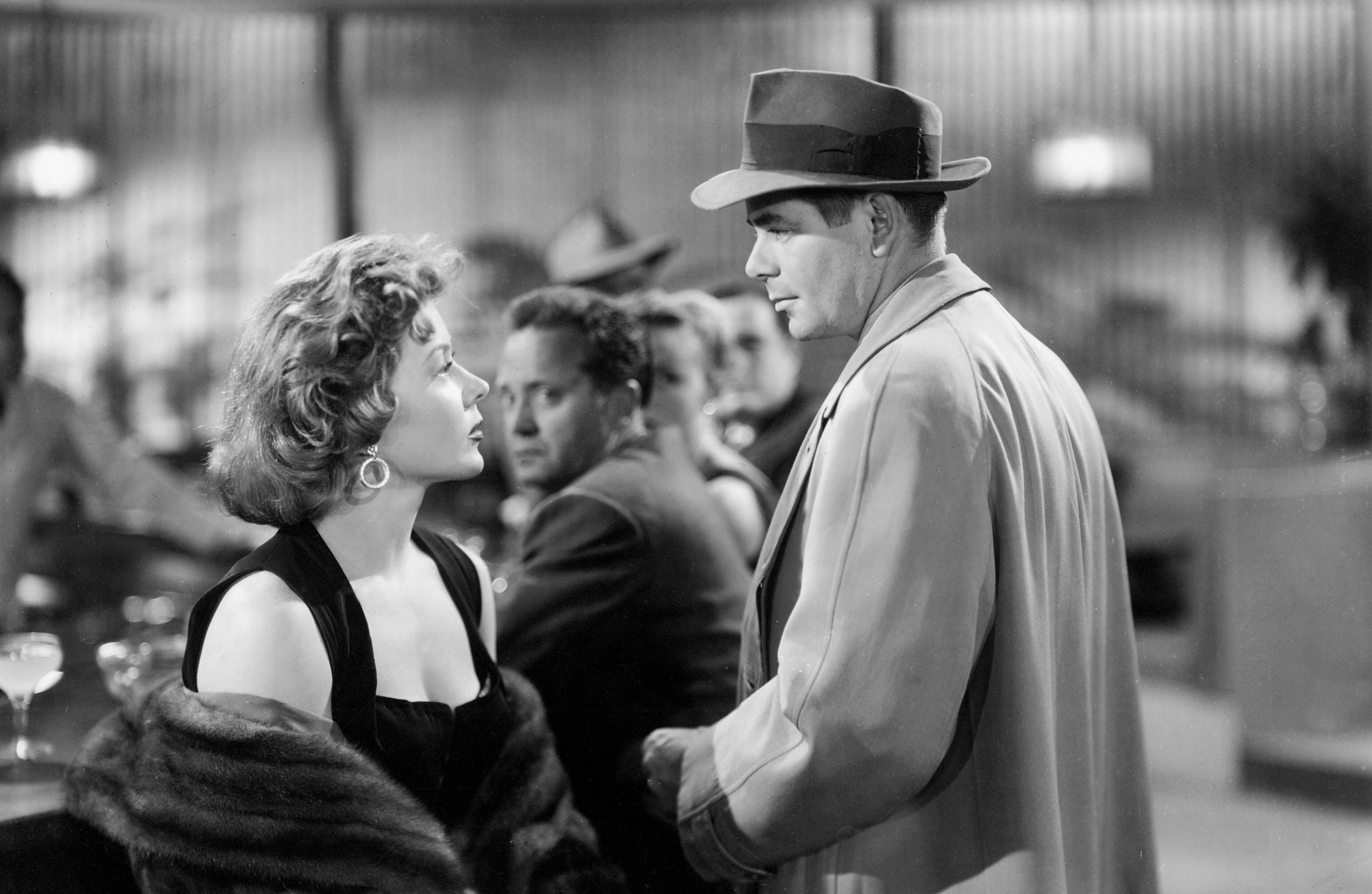
The High german master Fritz Lang's dark aesthetic made its impact on picture show noir with 1953's The Big Rut. Extremely tearing equally a picture can be at this time, Lang used noir as a vessel to testify how morally decadent the globe of politics is and simply how violent criminals human activity to protect their interests in the underworld. With a biting sense of cynicism and hopelessness about American politics lingering outside the frames, Lang's one-man vs. the organisation noir is dangerously unsettling and relevant. Features a young Lee Marvin as a henchman who knows no bounds for how low he volition steep, Lang's The Big Rut is noir at its bleakest.
ane The Third Man
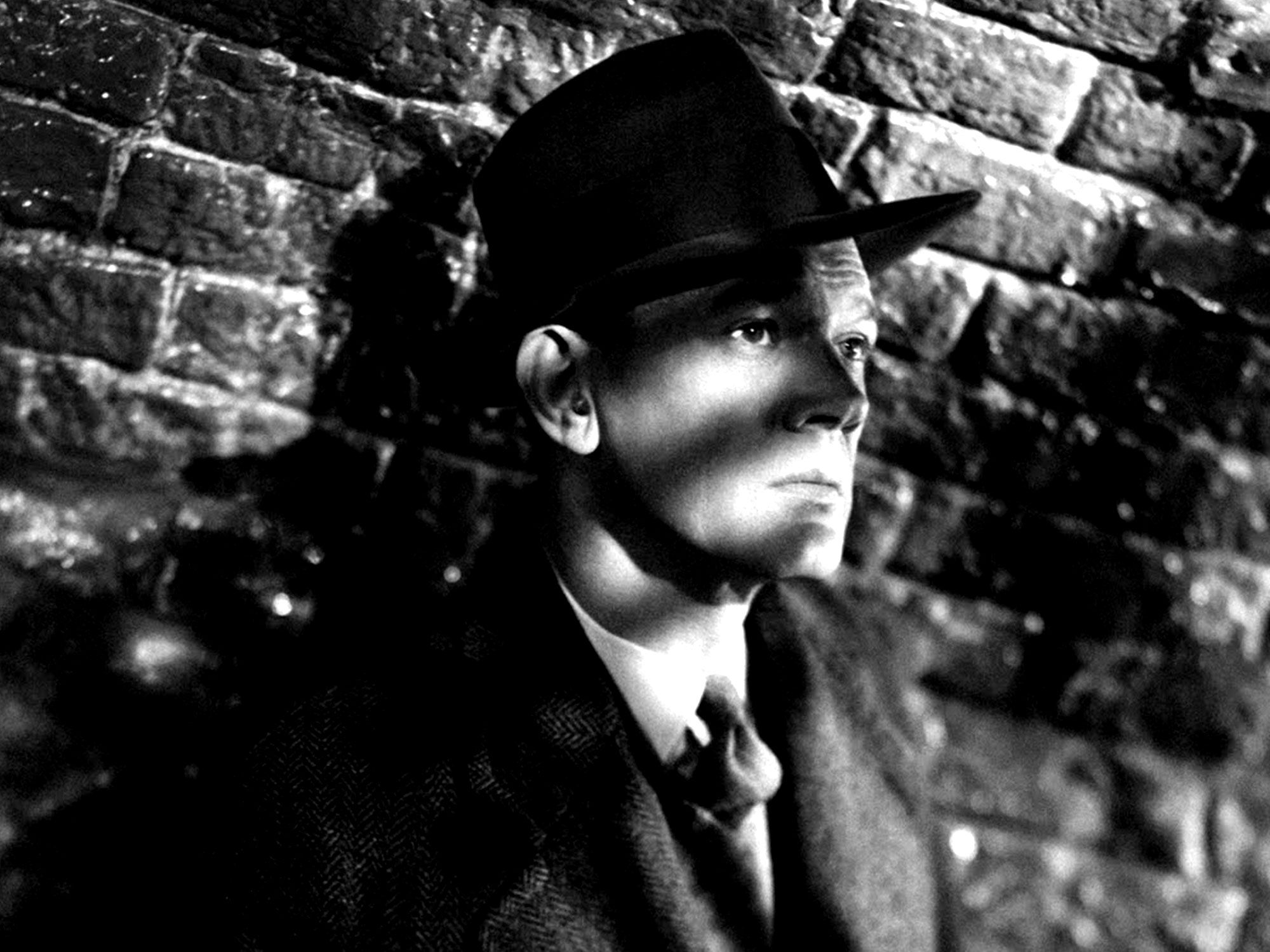
One of the great screenplays always written, coupled with Ballad Reed's flawless direction in which his blueprint of shadows and nighttime corridors emphasize the twisty underworld of an occupied Vienna are the ingredients that brand The 3rd Man a classic. Using the power of cinema and persuasion to throw an audience off and mess with their minds is the power of noir, and with Orson Welles, legendary entrance every bit his presence haunts the whole picture show is one of the hallmarks of an iconoclast who is no stranger to the realms of noir and why the picture still holds up today as a modern slice of classic storytelling.
About The Author
Source: https://movieweb.com/best-film-noirs-40s-50s/
0 Response to "October Noir - the Haunting and the Powerful Reviews"
Post a Comment